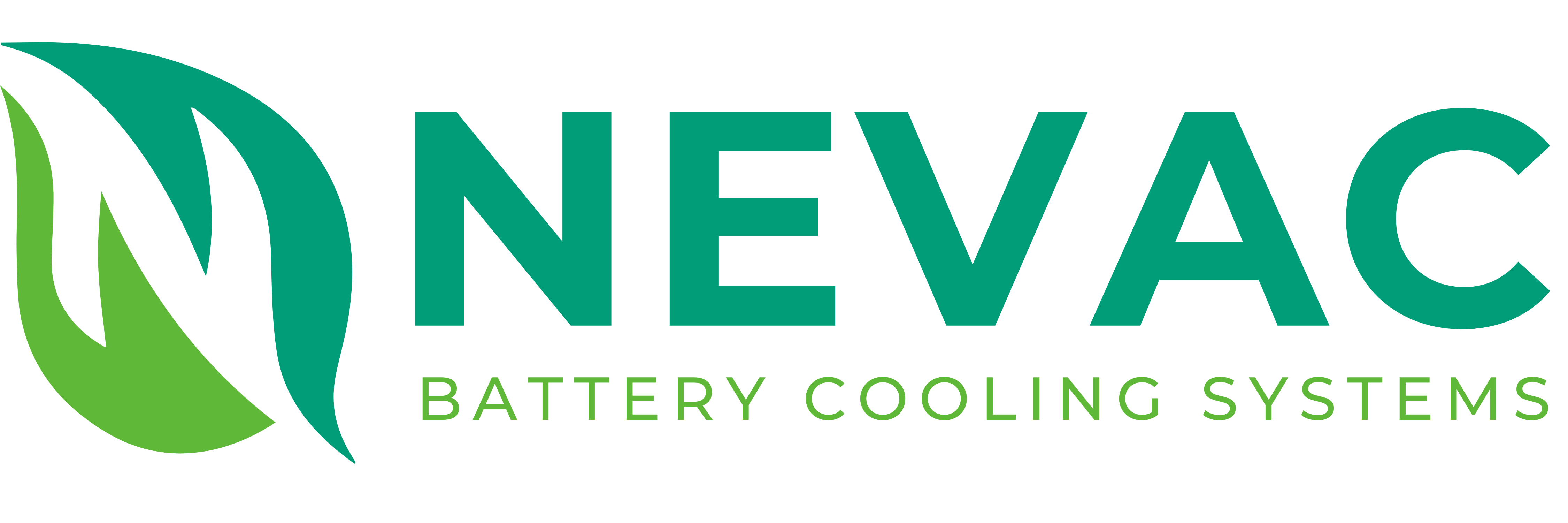
Problem
Extreme fast charging is not possible without safety issues, battery damage or performance loss Battery cooling is a bottleneck in managing extreme fast charging (C-rate >5C) for electric vehicles and other electrically powered equipment. Because effective battery cooling is lacking, charging at high C-rates leads to safety risks, decreased lifetime and performance loss. This limits the efficiency of electric vehicles in several applications and prolongs the transition to net zero.

Solution
A fully integrated, self-sustaining battery cooling system Each battery cell and the entire battery pack is kept at a uniform temperature within the comfort temperature range (25-35°C). The solution enables charging at high C-rates while maintaining battery lifetime, high safety and lasting performance. Takes electrification to the next step and extends the applicability of electric vehicles in both wide and niche application areas.

How?
An evaporative cooling method that successfully addresses thermal limitations in Li-on batteries A liquid coolant with a low boiling point is used to absorb latent heat as battery cells warm up. When it boils, it evaporates and turns into gas. The gas travels to a cooler part of the battery pack, lets off absorbed heat, and then condenses back to liquid. As the coolant within the entire battery pack boils at a single temperature, all the battery cells within the pack are kept at one uniform temperature.
Technology

NEVAC is a new evaporative cooling method which addresses thermal limitations in Lithium-ion cells and enables extreme fast charging.
The cooling method builds on the concept of the heat pipe and uses the battery cell as the evaporator with the battery pack casing as the condenser. The heat generated by the cell is absorbed by the latent heat of a liquid which changes phase to vapour and transports the heat away from the battery cell to the condenser.
NEVAC offers two distinct advantages:
▸ The evaporative cooling mechanism can extract heat from battery cells at sufficiently high rates to support continuous charging and discharging rates at high C-rates without an increase in temperature of the battery cell.
The technology has been tested up to a C-rate of 5C. According to calculations, it can successfully support up to 30C.
▸ All the battery cells within the packs are maintained at a single temperature – the boiling point of the liquid – regardless of the battery pack size and the cell position in the pack in relation to the cooling circuit. This eliminates the weak links typically associated with hot spots, as well as the associated degradation in cell life and impact on the pack.
Award Winning Technology

The technology was awarded Emerging Innovator for Technological Initiative at the Malta Intellectual Property Awards, which aims to recognize and promote the creation of promising and innovative Intellectual Property in Malta.
-
Key benefits

Extreme fast charging
By keeping the entire battery pack and each individual battery cell at a low temperature, the battery can be recharged at very high C-rates which enables extreme fast charging.

High safety
By keeping the entire battery pack at a homogenous temperature, the risk of thermal runaway is significantly reduced, which makes the battery safe to use in all application areas.

Long lifetime
By keeping each battery cell and the entire battery pack within the comfort range of 25-35°C, loss of capacity and life expectancy is reduced while battery lifetime is optimized.
Application areas
The NEVAC technology offer value and advantages for a wide range of application areas. The technology can enable to following changes.

Public transportation
Slow charging means suffering schedules and high costs for public transport EV's. Flash recharging reduces the overall cost of operating an electric bus line and makes it a feasible alternative.

Racing EV’s
Efficient battery cooling will revolutionize the performance of electric racing cars. Pitstops will be made possible and the door to long distance racing (such as LeMans) with EV's will be opened.

Consumer EV’s
Extreme fast charging is the key to mass adoption of battery electric vehicles. Range anxiety will be eliminated and and charging of EV's will be comparable to fueling of traditional cars.

Logistics
Electric logistic equipment currently require duplicates to provide access 24/7. With safe extreme fast charging, productivity can be maximized and enable a viable electrification of industry.

Aviation
Prevented thermal runaway and increased energy density is needed to electrify aviation. By providing this without any weight penalty, the NEVAC technology makes battery electric planes achievable.
-
Additional advantages

Compatibility
The technology is compatible with all battery cell types, which makes it easy to apply regardless of what type of battery cell is required.

Modular design
The technology offers a modular design which is easy and safe to install in any application area.

No new ancillary required
The technology can be implemented into any vehicle without any additional ancillary, which leads to low switching costs.
Intellectual Property

Patent pending
The NEVAC technology will be patent protected and is covered by patent application No. WO2021130518A1.
The patent application is valid across a number of critical jurisdictions:
▸ Europe
▸ United States
▸ Japan
▸ China
-
Comparison to other technologies
Technology Extreme fast charging Homogenous cell temperature Homogenous pack temperature No weight/volume penalty 




Natural
cooling



Forced
cooling



Indirect
cooling



Immersed
cooling



-
Team

Robert Camilleri
Lead technology developer +356 79069702 robert.c.camilleri@um.edu.mt

Andras Havasi
Lead business developer +356 9960 6014 andras.havasi@um.edu.mt
Collaboration Partners

The NEVAC technology is developed and owned by the University of Malta.
The NEVAC technology has been developed in collaboration with:


The NEVAC technology has received financial support from:
-
Connect with us
Send us a message
Follow us on LinkedIn
For updates on the NEVAC project, follow us on LinkedIn →


